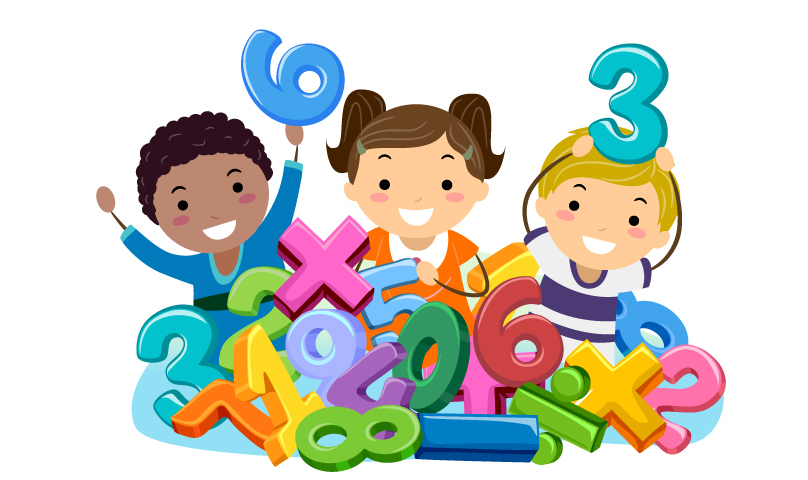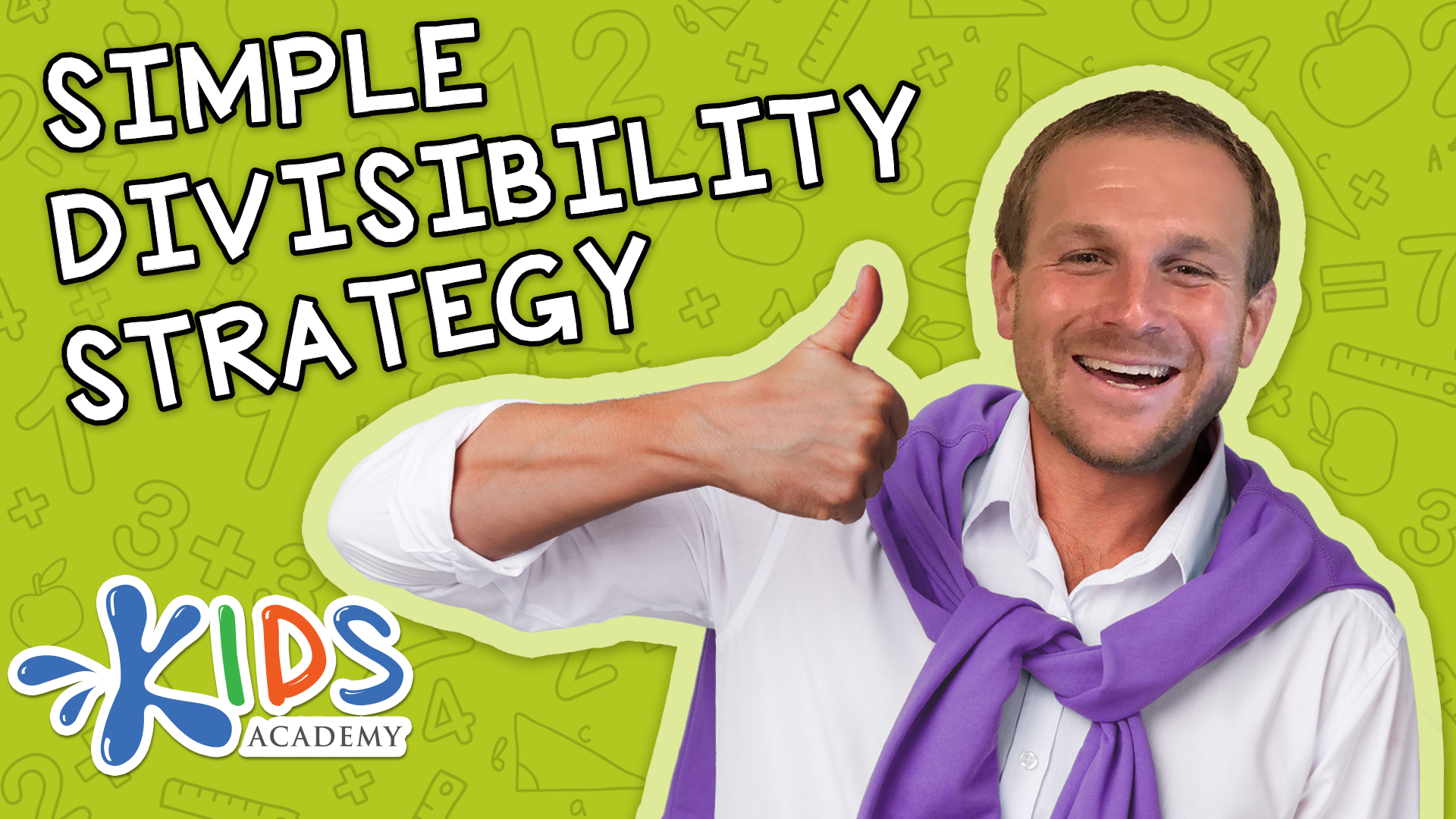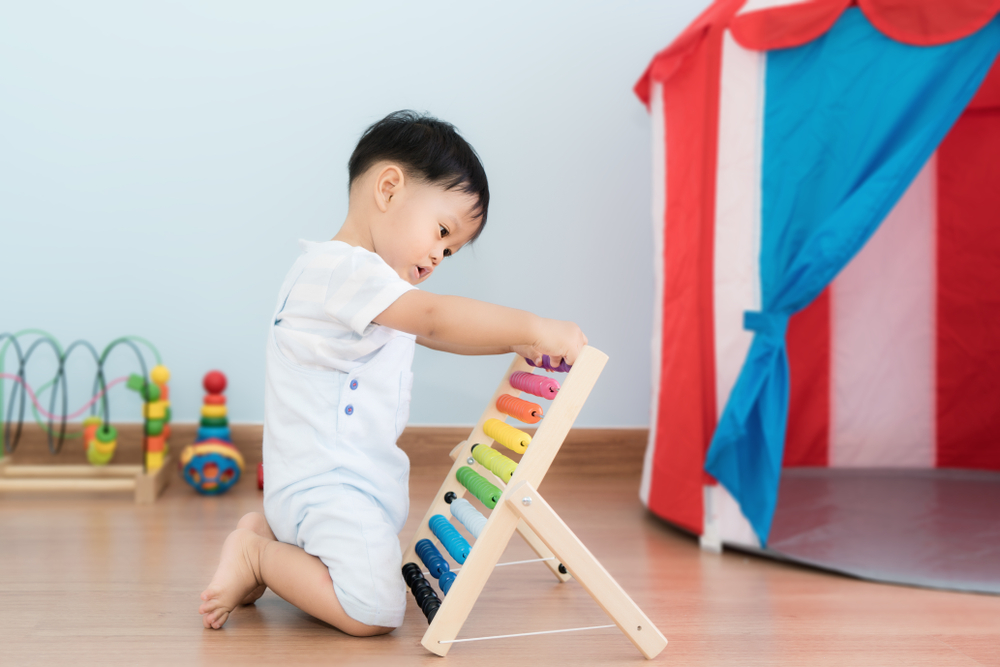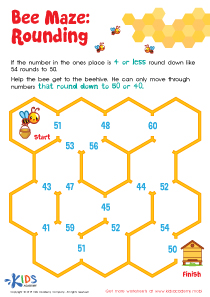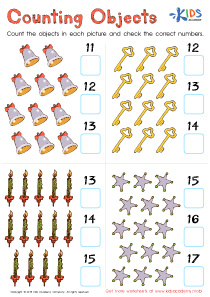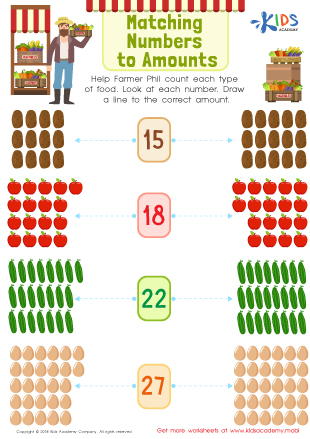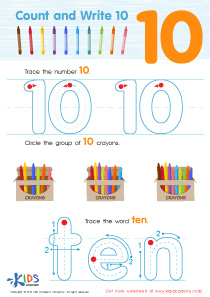Matching numbers Normal Numbers 0–10 Worksheets for 3-Year-Olds
3 filtered results
-
From - To
Introduce your 3-year-old to the exciting world of numbers with our "Matching Numbers Normal Numbers 0–10 Worksheets"! These engaging and educational worksheets help young learners practice recognizing and matching numbers from 0 to 10. Fun and colorful, they are designed to captivate your child’s interest while developing essential math skills. Each activity supports number familiarity, counting, and cognitive development in a playful manner. Perfect for preschool or at-home learning, these worksheets foster confidence and foundational math understanding in early childhood. Download now to make learning numbers an enjoyable experience for your little one!
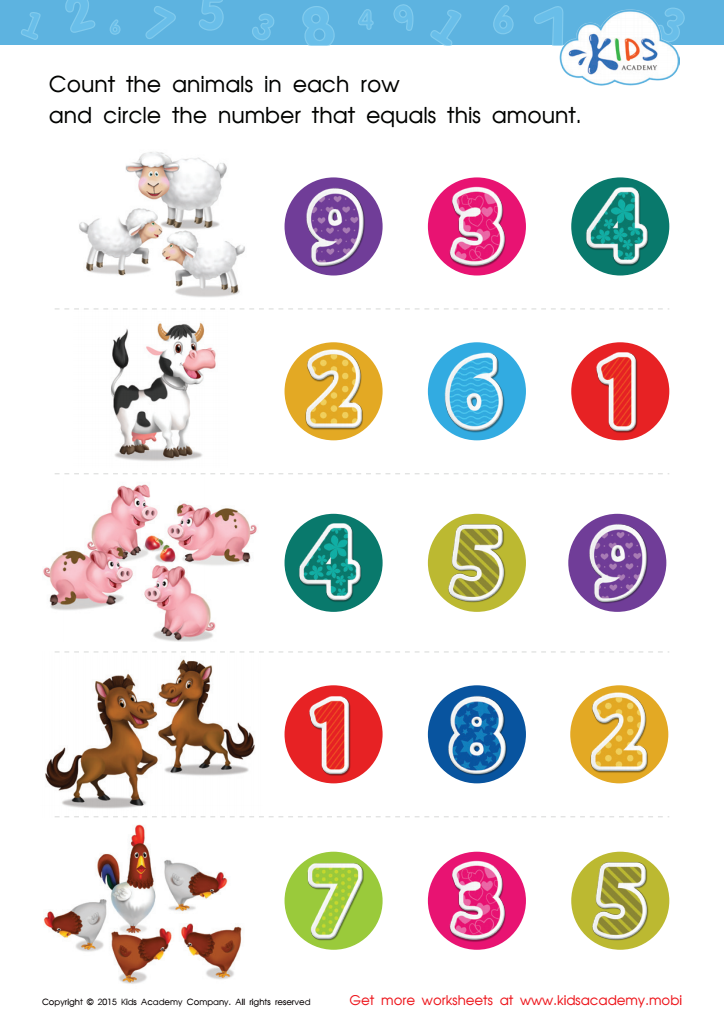

Count and Match 1 – 5 Math Worksheet


Count and Match 6 – 10 Math Worksheet
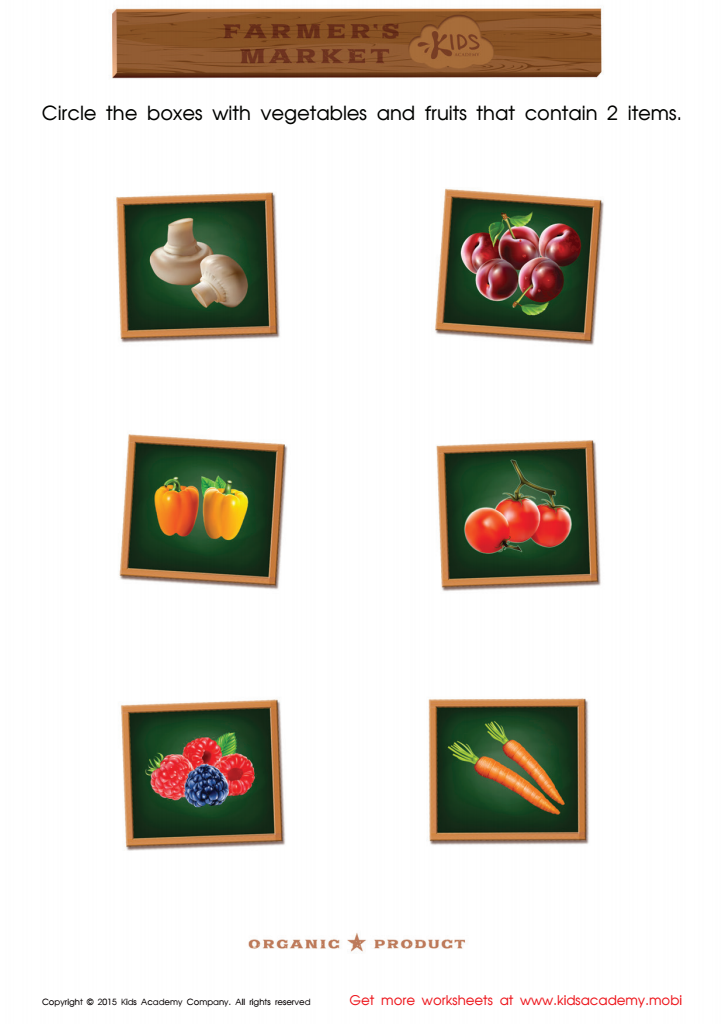

Count and Match Vegetables and Points Math Worksheet
Understanding and matching numbers from 0-10 is a foundational skill that plays a crucial role in a 3-year-old child’s cognitive development. At this formative age, engaging with basic numerical concepts enhances young children's ability to recognize patterns, develop memory, and improve problem-solving skills. When parents and teachers focus on these early math skills, they support the development of essential cognitive processes such as attention, reasoning, and logical thinking.
Teaching numbers 0-10 also helps children build fine motor skills through activities like counting objects, drawing numbers, or using manipulative toys. This forms the basis for more complex mathematical concepts that they will encounter later in their educational journey. Engaging with numbers at an early age also boosts language development as children learn the vocabulary and concepts associated with numbers.
By incorporating fun, interactive activities such as matching games, number songs, and counting in daily routines, caregivers can make learning about numbers both enjoyable and educational. Such early exposure reduces math anxiety and promotes a positive attitude towards learning as they progress academically. In essence, by emphasizing number recognition and matching from 0-10, parents and teachers lay a solid educational foundation that significantly benefits the child's overall academic achievement and cognitive development.
 Assign to My Students
Assign to My Students



